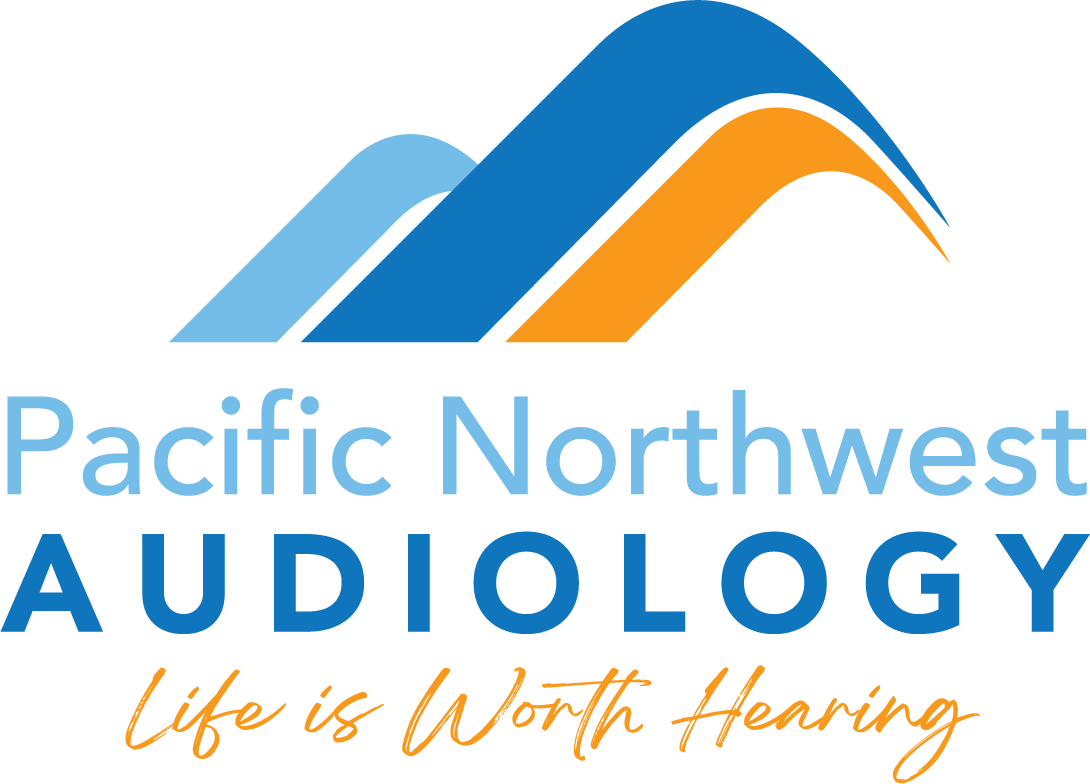
Hearing loss continues to be widely undertreated even though it is the third most common health condition people live with today. Over 48 million people, nearly 1 in 6, have some degree of hearing loss. But only a third of people who could benefit from treatment actually receive it, according to the National Institute on Deafness and Other Communication Disorders (NIDCD). Untreated hearing loss can affect daily life in significant ways. It can strain communication which is integral to relationships as well as work life and social connection. Untreated symptoms can also increase health risks like cognitive decline, falls, and depressive symptoms. This highlights the importance of treating symptoms which can improve health and quality of life.
Addressing the scope of undertreated hearing loss, experts developed an action plan. This plan outlines strategies to systematically increase accessibility to hearing healthcare. This comprehensive plan encourages streamlined processes, increased funding, and access to hearing loss treatment.
Widespread Inaction on Hearing Loss
According to the NIDCD, 25% of people ages 65-74 and half of adults 75 and older have hearing loss. Though it is common, hearing loss tends to be undertreated. It is estimated that it takes an average of 7 years for people to address their hearing loss symptoms. To further understand the scope of inaction on hearing loss, the American-Speech- Language -Hearing Association (ASHA) conducted a study. Researchers polled 2,500 people and found that:
- 2 in 10 adults have had their hearing tested in the past 5 years compared to 6 in 10 adults who have had their vision tested.
- More than 51% of people reported having hearing issues but only 11% have sought treatment.
- 78% of those with hearing issues have been experiencing them for 1 or more years, and over 35% have had trouble for 5 or more years.
These findings highlight how common it is to ignore hearing loss symptoms, even symptoms experienced for long periods of time. This inaction can profoundly affect health, wellness, and quality of life which underscores the importance of an action plan to address this.
Action Plan to Address Hearing Loss
Hearing health experts recently developed and published a plan that advocates for accessible hearing healthcare treatment. This plan includes streaming hearing healthcare services and an investment in greater resources like funding for research. THe three strategies outlined by this action plan are:
- Coordinated Strategy for Ear & Hearing Health Care. Hearing healthcare services can be siloed, requiring extra effort to access and navigate. This differs from other healthcare systems which involve streamlined processes and providers. When services extend across different healthcare professionals and places, it can be challenging to share and communicate information. So this strategy highlights the importance of creating comprehensive public health policies and resources for hearing health. This allows people to access information about hearing healthcare services and solutions much more easily which makes the treatment process less cumbersome.
- Effectively Meeting Hearing Loss Needs. This strategy outlines ways hearing healthcare can increase accessibility and make it easier to receive treatment. A few ways this can happen include:
- Make communication accessible. Improving communication in hearing healthcare settings is important. This can be done in a variety of ways including using amplification devices, having sign language interpreters available, providing closed captioned services, and other technology that support hearing and communication.
- Scheduling appointments should be simple. Making hearing healthcare appointments should be as simple as possible and should include alternative ways people can make appointments.
- Reduce background noise. Healthcare settings tend to be noisy so reduce background noise as much as possible, especially during appointments.
This strategy also highlights the importance of healthcare professionals being thoroughly
trained to communicate effectively with people whose hearing is impaired.
- Increase Funding for Hearing Loss Research. Among 30 common conditions, National Institutes of Health funding for hearing loss research ranked 20th in 2017 despite hearing loss being the 5th most common cause of disability. This strategy highlights the need for an increase in funding for hearing loss research.
This action plan lays out strategic measures that can be taken to increase accessibility to hearing healthcare treatment. This addresses the widespread inaction on hearing loss as well as holds healthcare systems accountable for changing this.
